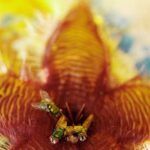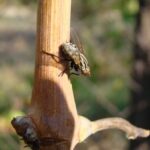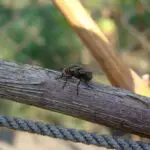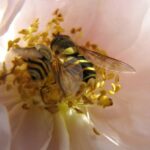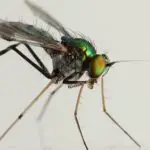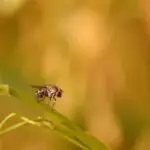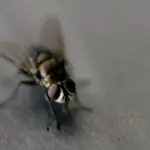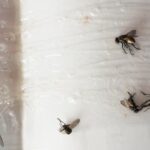Crane Fly Mysteries Unveiled: Lifecycle, Habitat, and Myths
Introduction to Crane Flies
Imagine mistaking a gentle giant for a villain! That’s the story of the misunderstood crane fly, often confused with its troublesome cousin, the mosquito. But unlike mosquitoes, crane flies are benign creatures whose adult lives are remarkably transient and purposeful. With their gangly legs and delicate wings, these insects are not only harmless but also play an intriguing role in the ecosystem. Let’s debunk the myths and shine a light on these fascinating flyers.
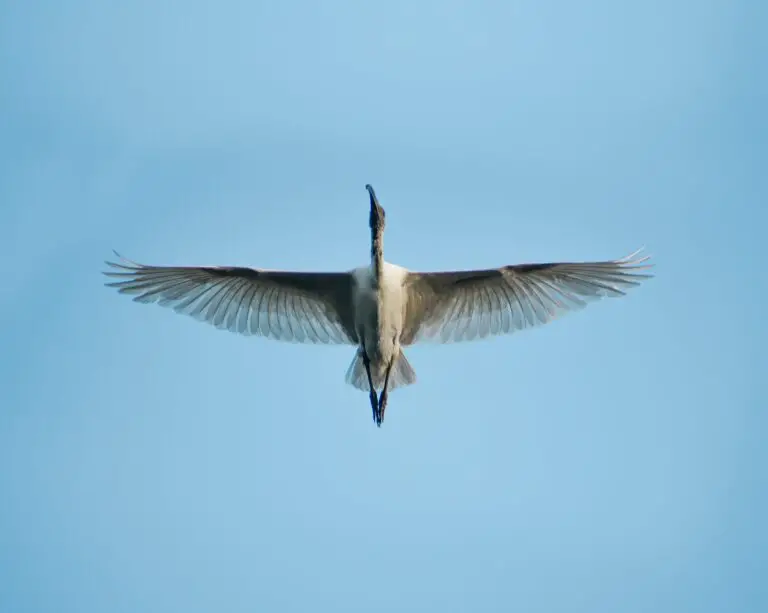
Contrary to popular belief, crane flies don’t bite or sting. Did you know that most adult crane flies don’t even eat? Their mouthparts are rudimentary, and their sole mission in their short-lived adult phase is to mate and lay eggs. Once they achieve this feat, their job is done. It’s a life lived in the fast lane, with most adults barely making it past a week. Despite their fleeting presence above ground, they leave a lasting impression beneath, as their larvae play a critical role in breaking down decaying matter, enriching our soils, and maintaining the delicate balance of our ecosystems.
Demystifying the Crane Fly: Facts vs. Fiction
When it comes to crane flies, there’s a web of myths that ensnare the minds of many. These delicate insects, often mistaken for supersized mosquitoes, lead to a host of misconceptions. It’s time we clear the air and set the record straight, separating fact from fiction.
First and foremost, contrary to popular belief, crane flies are not out for blood. Unlike their infamous doppelgangers, the mosquitoes, crane flies are harmless to humans. Their adult life is not spent preying on people but rather frantically fluttering in search of mates. So, when you see a crane fly bobbing erratically around your home, rest assured, it poses no threat to your health.
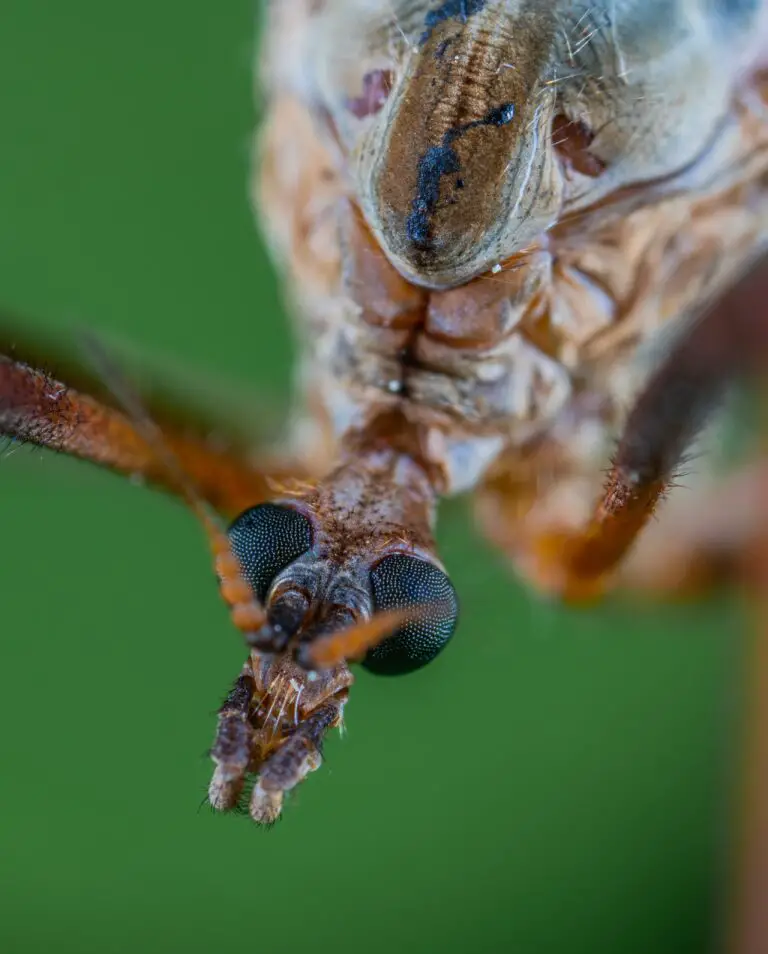
An often-overlooked truth is the role crane flies play in the ecosystem. Have you ever witnessed a ballet of these insects dancing over a grassy field? That’s their larvae, affectionately called leatherjackets, at work beneath the surface, decomposing plant material. While they may occasionally nibble on root systems, they’re generally a benign, if not beneficial, presence in your garden.
Another myth is that crane flies live to terrorize us for weeks on end. In reality, their adult lives are ephemeral; they grace us with their presence for a mere few days, just enough time to reproduce before they meet their natural end. That’s right – those leggy visitors are not overstaying their welcome. Instead, they’re on a fragile timeline, driven by nature’s clock.
So the next time you encounter a crane fly loitering around your lampshade, remember this: they’re not giant mosquitoes with vampiric intentions. They’re docile, non-biting creatures, participating in the cycle of life, just like every other earth inhabitant. They’re just one of nature’s many misunderstood characters, and it’s high time we appreciate them for the role they play, rather than the myths that shroud them.
Exploring the Lifecycle of Crane Flies
The journey from egg to adult for crane flies is a remarkable process to witness, full of change and rapid transformation. Let’s delve into each stage, understanding the intricate nature of these sophisticated creatures of flight. Our exploration begins at the very start, with the first stage of life: the egg.
After a courtship dance above the blades of grass, female crane flies delicately deposit their eggs into moist soil. Here, in the embrace of the earth, the eggs wait, harboring the promise of future fliers. Depending on environmental conditions, these eggs hatch within days, releasing the next phase of life – the larva, commonly referred to as ‘leatherjackets’ due to their tough skin.
Leatherjackets are a curiosity of nature. Lacking the typical posture and grace of adult crane flies, these larvae reside underground. Their existence is a world apart, a subterranean realm where they feast on decaying plant matter. Over the course of months or even a year, they grow and prepare for their brief stint as pupae.
From Larva to Pupa: A Transformation
When the time is ripe and the larva has consumed enough sustenance, it transitions to the pupal stage. This period is akin to a metamorphosis chamber, where the larva – now a pupa – reinvents itself. Protected by a cocoon-like structure, the pupa undergoes a revolutionary change, unseen by the human eye.
From this transformation emerges the delicate adult crane fly, often mistakenly called a ‘mosquito hawk.’ In this ultimate form, crane flies are equipped with wings to soar and elongated legs that dangle in flight. Their adult life is ephemeral, with mere days to find a mate and continue the cycle. They do not eat during this stage; their sole objective is reproduction, ensuring the future of their kind.
Dive deeper into the wonders of insect development in this comprehensive article on complete metamorphosis, a natural phenomenon that allows these creatures to undergo such distinct life stages.
For a more visual appreciation of the crane fly’s lifecycle, take a moment to watch an insightful illustration of this natural marvel:
Habitats and Distribution: Where to Find Crane Flies
Imagine stepping into a lush wetland, the air thick with the earthy smell of damp soil. Look closely, and you might spot the long legs and delicate wings of the crane fly, an often misunderstood creature. These spindly insects are not confined to a single backdrop; they grace a mosaic of habitats with a widespread geography that tells a tale of remarkable adaptability.
Crane flies thrive in environments where moisture abounds. You’re likely to find them in grassy expanses that border riverbanks or in the dense vegetation of marshy areas. It’s not just the allure of water that draws them in, but the rich organic material that these environments provide for their larvae, affectionately known as ‘leatherjackets.’
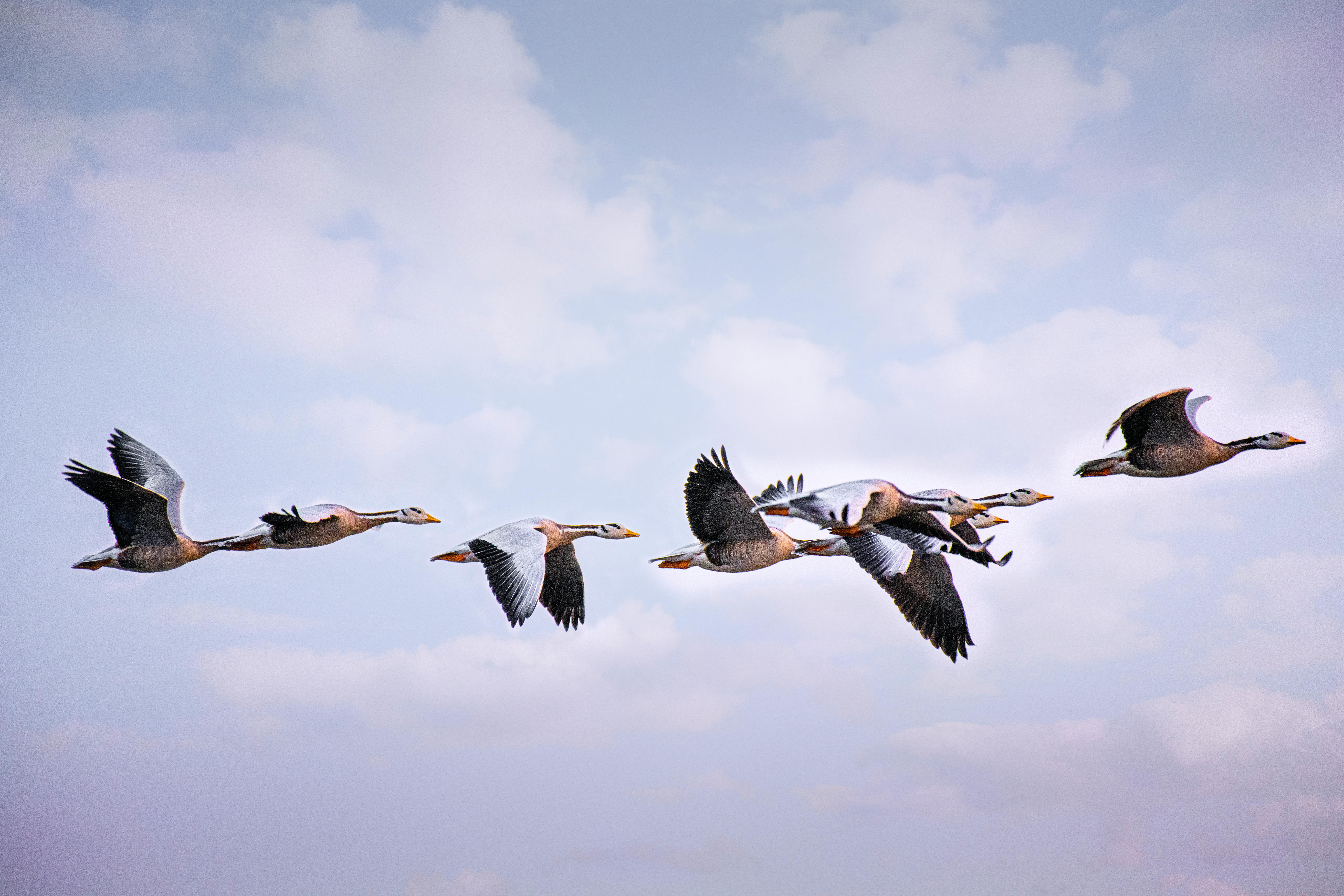
From the quaint meadows of rural landscapes to the forested stream sides that carve through the land, crane flies are there, quietly going about their lives. These areas serve as nurseries, banquet halls, and playgrounds for the many species of crane flies that dot the globe. Their presence is not a random occurrence but a testament to their evolutionary success.
Spanning continents, the distribution of crane flies paints a picture of conquest and coexistence. They dance in the air from the temperate reaches of North America to the verdant sprawl of European fields. Navigate through the dense green tapestry of Asia’s rice paddies, and they hover; even the arid landscapes of Australia are part of their domain. Despite this impressive global presence, their lifecycle remains tied to the earth, where they metamorphose from larva to the delicate fliers we recognize.
Witnessing the sheer variety of settings in which crane flies can be found, one can’t help but be intrigued by these creatures. Often dubbed as nuisances or mistaken for oversized mosquitoes, crane flies are more than meets the eye. They’re a fascinating ensemble of resilience and simplicity, scattered to all corners of our planet, sharing in the collective story of life’s omnipresent push to survive.
Diet and Predation: What Do Crane Flies Eat?
When the sun dips below the horizon and the evening chorus of nature begins, a crane fly might be seen as nothing more than a silhouette against the twilight sky. But pause for a moment and ponder the intriguing life of these gangly insects—their diet is both surprising and vital to the ecosystems they inhabit. Let’s flutter into the world of crane flies and uncover what’s on their menu and who’s eyeing them for their next meal.
Feasting Beneath Our Feet: Crane Fly Larvae
Ever wonder what the baby versions of crane flies are up to before they sprout wings and take to the air? Crane fly larvae, known colloquially as ‘leatherjackets’ due to their tough skin, lead a secretive life beneath the soil. These wriggling youngsters have a palate for decaying plant matter, roots, and other organic detritus found underground. Nature’s little recyclers, they play a crucial role in breaking down dead material and enriching the soil. It’s not all about rotting leaves for these larvae—some are partial to a live plant dinner, making them a gardener’s nemesis as they can chomp away at the roots of your prized lawn or crops.
Adult Crane Flies: A Light Snack or Living for Love?
Now let’s take to the skies with the adult crane flies. You might think these long-legged flyers are out to feast on your blood, but that’s a myth we’re about to bust. Adult crane flies have a very brief life span, often just a few days, and many don’t feed at all during this time. Their primary goal is to find a mate and reproduce. For those crane flies that do take a sip of something, their choice of refreshment is far from vampiric—they may imbibe nectar or none at all. Their mouthparts are simply not designed for biting or bloodsucking, much to the relief of outdoor enthusiasts and picnickers everywhere.
The Hunter and the Hunted: A Delicate Dance
The life of a crane fly isn’t all about frolic and food—survival is a daily challenge with a multitude of predators lurking. Birds, such as the swift-flying swallows, exhibit aerobatic prowess, scooping crane flies out of the air with remarkable precision. In the less lofty realms, spiders spin their intricate webs, hoping to snag an unwitting crane fly for a protein-packed treat. Even the larval stage isn’t safe from predation, with creatures like beetles and birds rummaging through the soil to seek out these juicy morsels.
Understanding the dietary preferences and predatory pressures of crane flies allows us to appreciate their role in the circle of life. However, to truly grasp the hair-raising reality of their existence, let’s witness these insects in their natural choreography of evasion and entrapment. Behold this captivating footage that paints a vivid picture of the crane fly’s place in the food web.
${video_embed_code}
The Role of Crane Flies in the Environment
Think of crane flies and you might just picture a gangly insect with a harmless demeanor buzzing near a porch light. Yet, these lanky creatures are far more than evening wanderers. Let’s pull back the curtain on the ecological significance of crane flies and how they play an integral role in the bustling world of our backyards and beyond.
Ever walked through a meadow and noticed the softness underfoot? You might have crane flies to thank for that! These insects are nature’s little aeration experts. When in larval form, often humorously referred to as ‘leatherjackets’, they burrow through soil, consuming decaying plant matter. This soil aeration might not get the fame it deserves, but it’s a backstage pass to healthier plant growth, allowing roots to breathe and water to permeate the ground more effectively.
Take a moment to appreciate the small things, like a robin swooping down to snatch up a crane fly for lunch. The food web might be intricate, but crane flies make up one of its crucial threads. They are a vital food source for a myriad of animals: birds, fish, and even other insects. It’s the circle of life in action, and crane flies are an essential protein snack on the menu.
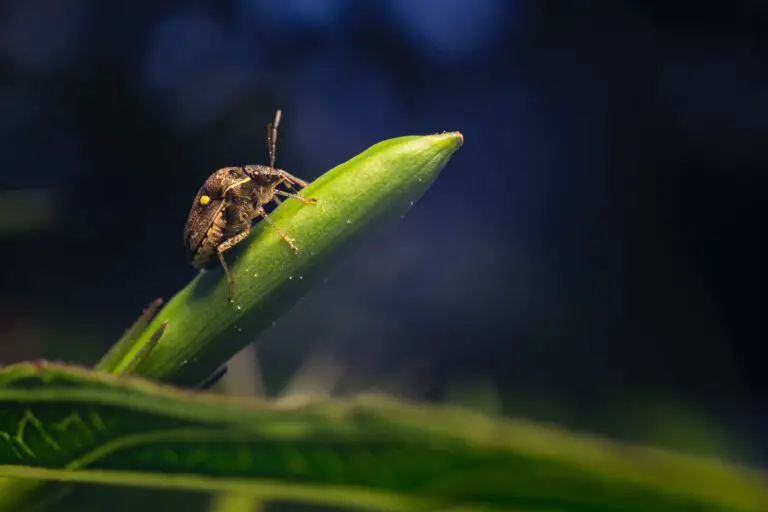
But wait, there’s more to these insects than just being snacks and soil fluffers. Crane flies play a part in pollination too. While they’re not as efficient as bees or butterflies, their lanky legs still carry pollen from flower to flower as they search for nectar, contributing, in their own small way, to the flourishing of our gardens and crops.
In essence, crane flies are the unsung heroes of the insect world, going about their lives, performing tasks that bolster our ecosystems. So, the next time you spot a crane fly, remember it’s more than just a fleeting visitor; it’s an environmental champion, ensuring that the green spaces we cherish continue to thrive. Let’s give a nod to these aerial acrobats who keep our world humming along beautifully.
Managing Crane Fly Populations
When it comes to managing crane fly populations in your slice of suburbia, think of it as a covert operation: it requires strategy, timing, and a little bit of stealth. These gangly insects, often mistaken for oversized mosquitoes, can be quite the garden-party crashers, particularly their voracious larvae known as leatherjackets. Worry not! With a mix of natural cunning and chemical know-how, you can keep these leggy intruders at bay.
Lady Nature has equipped us with some crafty partners in this tussle. Birds, bats, and even the humble nematode worm can play a pivotal role in curtailing the crane fly convention on your lawn. Consider this: a single starling, with its sharp beak and insatiable appetite for grubs, can gobble up thousands of leatherjackets in a day. Talk about a bird with a mission! Encouraging these natural predators by providing nesting boxes and avoiding broad-spectrum insecticides can help turn the tide against the crane fly masses.
But what about when the situation calls for a bit more firepower? That’s where chemical controls swoop in. Insecticides with ingredients like chlorantraniliprole or bifenthrin can give you the upper hand against infestations as long as they’re used judiciously. Timing is of the essence here—as soon as you spot crane fly adults frolicking about, it’s prime time to treat your grounds to prevent the next generation from taking hold.
Imagine this: It’s a warm, breezy evening, and as the sun dips low, you notice your neighbor frantically waving a hose across his yard in a last-ditch effort to drown the leatherjackets. While you might commend the H2O enthusiasm, it’s overwatering that often softens the soil, making it an all-you-can-eat buffet for laying crane fly eggs. A small change in your watering routine can spell major headaches for those insect interlopers without chemical intervention.
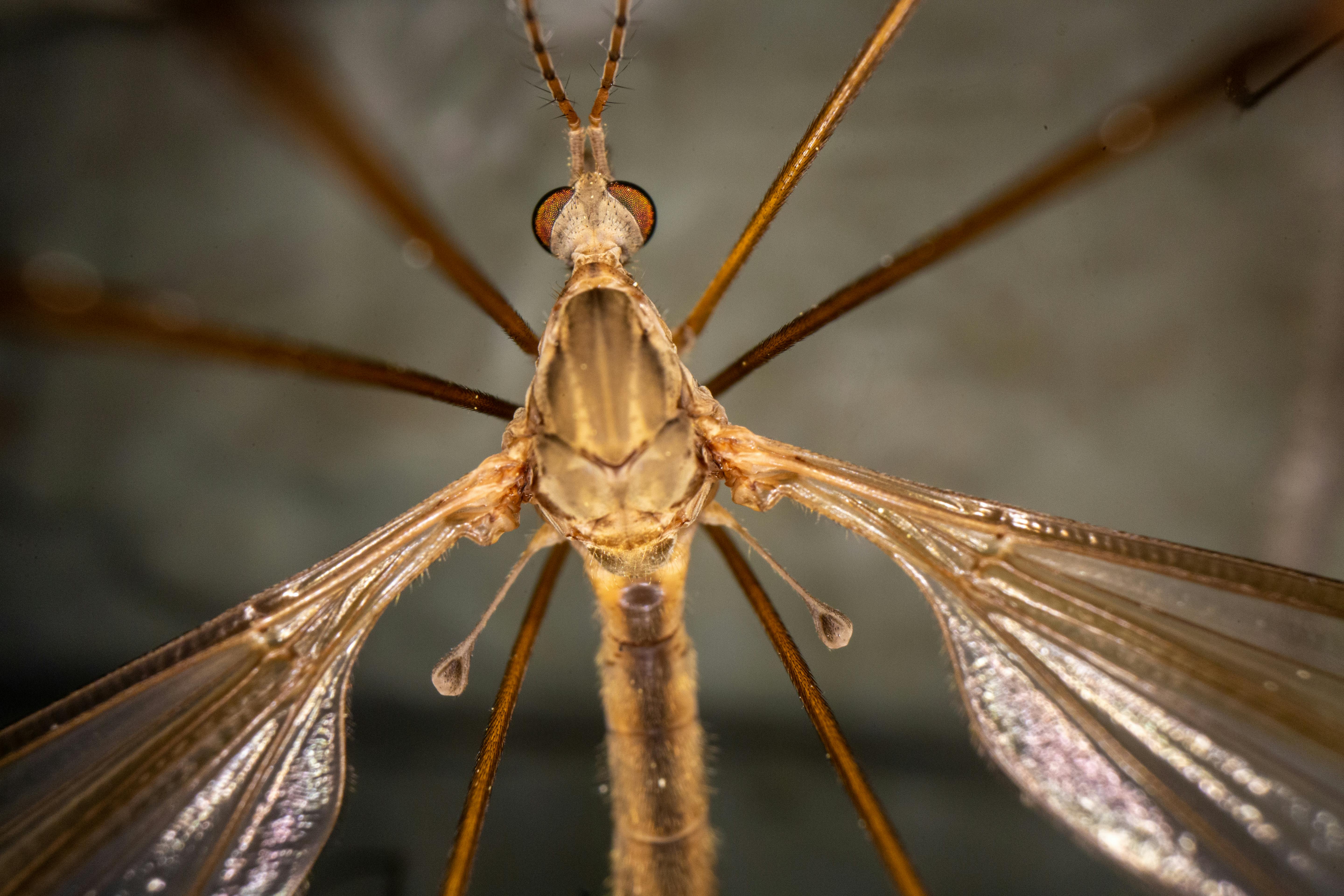
Don’t let the crane fly circus take up residency; by harnessing the powers of nature and chemistry in equal measure, you can maintain a serene and aesthetic yard. After all, your garden retreat is no place for a six-legged soiree!
Fascinating Behaviors and Characteristics
Ever watched a crane fly as it erratically bobbles through the air, its lanky legs dangling beneath it? Not to be confused with mosquitoes, these gentle giants of the insect world are a subject of many curiosities and misconceptions. Rather than the pests many assume them to be, crane flies play an essential role in the ecosystem, showcasing some truly enthralling behaviors and characteristics.
For starters, crane flies are often mistakenly believed to be blood-sucking villains, akin to their look-alike mosquito cousins. However, adult crane flies typically don’t feed at all; their mouthparts are not even capable of biting. Instead, they spend their short adult lives primarily focused on mating. Their energy reserves from the larval stage carry them through their brief existence, a testament to the efficiency and brevity of nature’s cycle. Crane flies are, in fact, more like the ephemeral butterflies of the dipteran world—gentle, short-lived, and often misunderstood.
Their larvae, known colloquially as ‘leatherjackets’, exhibit fascinating habits beneath the soil’s surface. Feasting on decaying plant matter, these grubs are essential decomposers in the garden, contributing to soil health and facilitating nutrient cycling. Observing these larvae at work is like watching nature’s cleanup crew meticulously recycling life’s leftovers.
Physical characteristics such as their slender bodies and long, spindly legs—which often lead to their colloquial name ‘daddy longlegs’—predispose crane flies to an airborne grace that belies their decidedly awkward navigation tactics. Indeed, these insects are not gifted with the powerful flight of bees or the precision of dragonflies. Instead, they flutter gently like animated twigs caught in a breeze, their flight an unpredictable dance in the sunlight.
In truth, the adult crane fly’s purpose extends beyond just reproduction. They serve as critical prey for numerous birds and small mammals, providing a burst of energy for predators. A single bird snatching a crane fly from mid-air is like a snapshot of the delicate balance of ecosystems—a moment where simplicity meets splendor.
Devoid of stingers or teeth, crane flies pose no threat to humans. Rather than shooing these harmless insects away, take a moment to appreciate their subtle role in the grand tapestry of life. As you watch a crane fly’s shadowy figure splay across your window in the twilight hours, remember that these creatures are key players in a story much larger than themselves—an ongoing narrative of life, decay, and renewal.
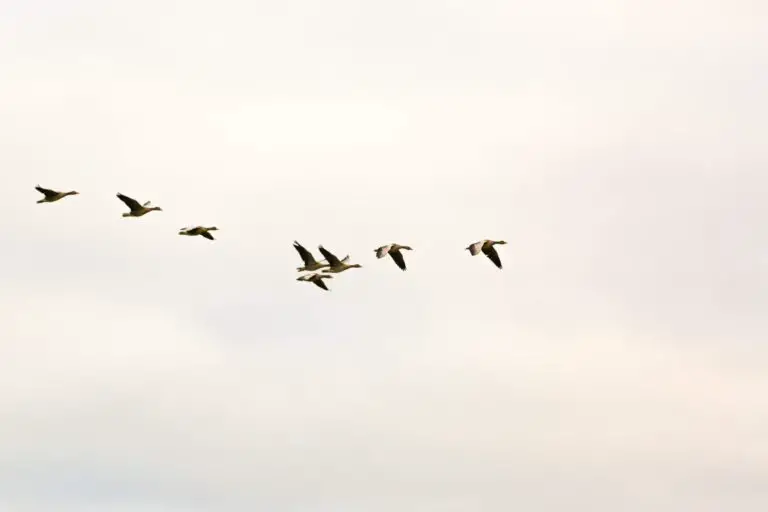
Frequently Asked Questions
Welcome to the intriguing world of the crane fly! In this section, we’re going to buzz through some of the most puzzling questions surrounding these long-legged insects. Have you ever wondered if crane flies are the colossal cousins of mosquitoes, or why they seem to be doing a tipsy tango in your living room? Well, get ready to lift the veil on these mysteries as we delve deep into the lifecycle, habitat, and myths of crane flies.
What is the lifecycle of a crane fly, and do they really have a 24-hour lifespan?
Despite the common myth, crane flies don’t just live for a day – their lifecycle is actually quite fascinating. From wiggly larvae tucked away in the soil to budding adults stretching their wings for the first flight, the journey of a crane fly is one of transformation. As larvae, also known as leatherjackets, they enjoy a subterranean life munching on roots, only to later emerge into the air with a much more dignified purpose than merely being a dayflyer.
Where can we commonly find crane flies, and are they global travelers?
If you thought crane flies are exotic jet-setters, you’re in for a surprise. These creatures are about as widespread as it gets, occupying a vast array of habitats around the globe. From the lush backyards of suburban homes to the banks of serene rivers, crane flies make their presence known. Their adaptability is remarkable, finding comfort in both arid and lush environments. Yet, a waterlogged lawn at twilight can sometimes transform into a crane fly soiree – much to the dismay of evening strollers!
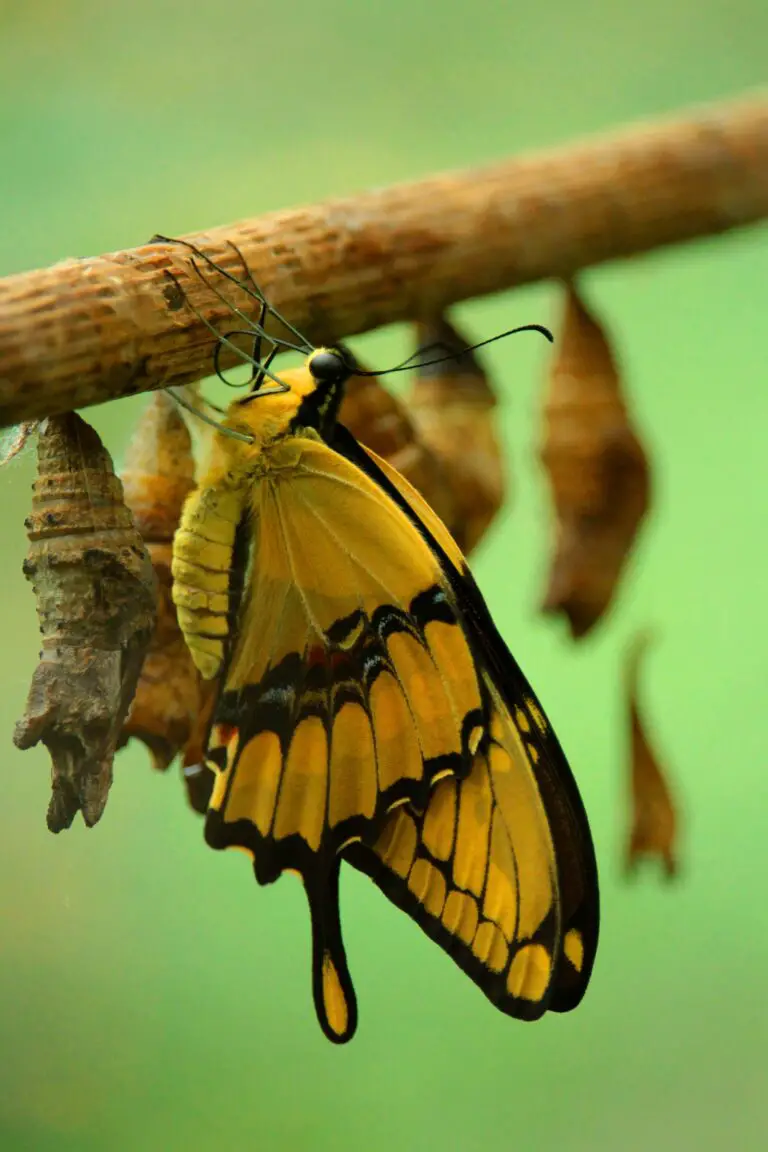
Are crane flies merely harmless giants or do they pose any danger?
With a reputation tarnished by tall tales of voracious blood-sucking, the truth about crane flies is quite benign. These gentle giants are more likely to harmlessly bounce against your window than pose any real threat. Unlike their mosquito counterparts, crane flies are non-biting and not interested in your veins. They are here to remind us that not all insects with wings are out for blood.
Can crane flies actually predict the weather, or is that just another bug myth?
Old wives’ tales have often touted crane flies as miniature meteorologists, with claims that their flight patterns can signal an approaching rainstorm. While these insects are not the weather prophets they’re rumored to be, their emergence is typically influenced by moisture levels and temperature. So in a way, their presence might loosely coincide with certain weather conditions, but keeping an eye on the sky is still the best bet for weather forecasts.
These intriguing insects are wrapped in simplicity and complexity, much like the dainty transparency of their wings. Every encounter with a crane fly is a brief glimpse into a world that’s full of little wonders – if only we take the time to look. So the next time you spot one of these spindly silhouettes bobbing around, remember that there’s more to their story than meets the eye.

